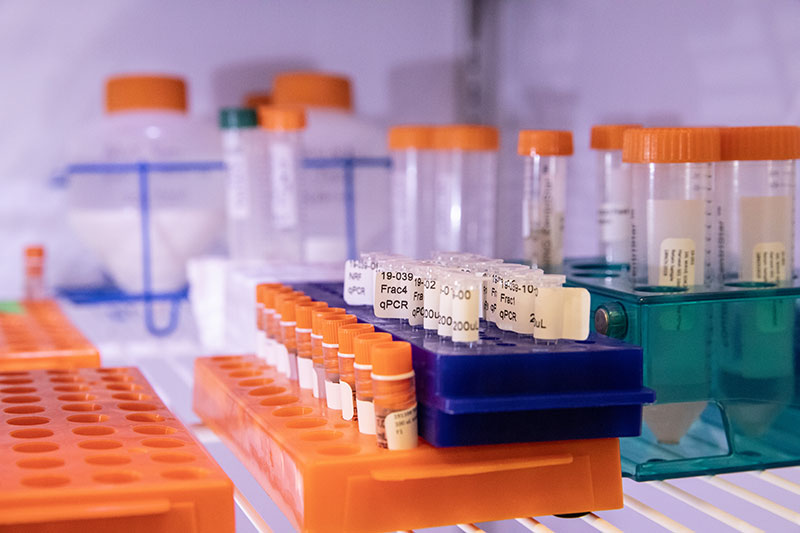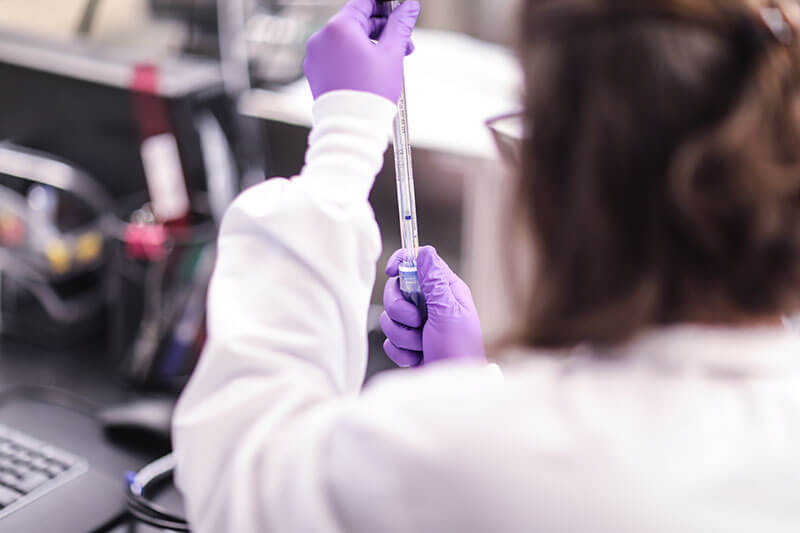Understanding AAV gene therapy
Genes are the blueprints of the human body. They instruct the body’s cells how to make proteins critical to their function. Many familiar and not-so-familiar diseases and disorders are caused by the faulty expression of proteins from corrupted or missing genes or by environmental modifications of genes or proteins.
Gene therapy uses modified viruses or other technologies to deliver therapeutic genes to cells or tissues to help treat genetic diseases at their source. One of the most exciting advances in modern medicine has been the discovery of how the adeno-associated virus (AAV) can be used as an effective delivery system for therapeutic genetic material into living tissue. AAV gene therapy has broad therapeutic implications for a vast array of diseases.
There are important differences in AAV technology compared to other means for delivering gene therapeutics:
- AAV is a virus that is not known to result in human disease
- AAV cannot make more of itself without outside help, so it will not replicate in the body like normal viruses do.
AAV has become the a predominant form of gene therapy investigated for genetic diseases. AAV is driving today’s therapeutic discoveries and is used in several US and EU approved gene therapies currently available.
How does AAV work?
Simply put, AAV can be transformed from a naturally occurring virus into a delivery mechanism for gene therapy. The viral DNA is replaced with new DNA, and it becomes a precisely coded vector. The AAV vector is then used to deliver normal copies of genes to the various tissues or organs in the body. In this way it can deliver the therapy that has been engineered into it.
Today, AAV technology has advanced to target a wide range of tissues and cells for the treatment of many genetic diseases. A specific type of AAV is known as self-complementary AAV (scAAV). Unlike other types of AAV, which carry a single-stranded DNA structure, scAAV contains a double-stranded DNAstructure. This allows for faster and more efficient gene expression. Our co-founder, Dr. Jude Samulski, helped discover and refine this technology, and it is used in a number of investigational therapies.

Joining clinical trials
Many genetic disorders are progressive, and the importance of every clinical trial has greater meaning to all of us at AskBio.


